On December 7, CCTV news aired a report titled “China’s Wind Power Installed Capacity Exceeds 500 Million Kilowatts,” offering a comprehensive overview of China’s achievements in wind power development. The report featured CRRC Wind Power at the forefront, highlighting the world’s largest floating wind turbine, the “Qihang” 20MW floating offshore wind turbine, as well as the world’s highest-altitude wind power project, the Baxu Wind Power Project.
This year, China’s wind power installed capacity has continued to expand, with technological innovations consistently breaking new ground. The country has built a world-class wind power industry system, accelerating the pace of energy transition.
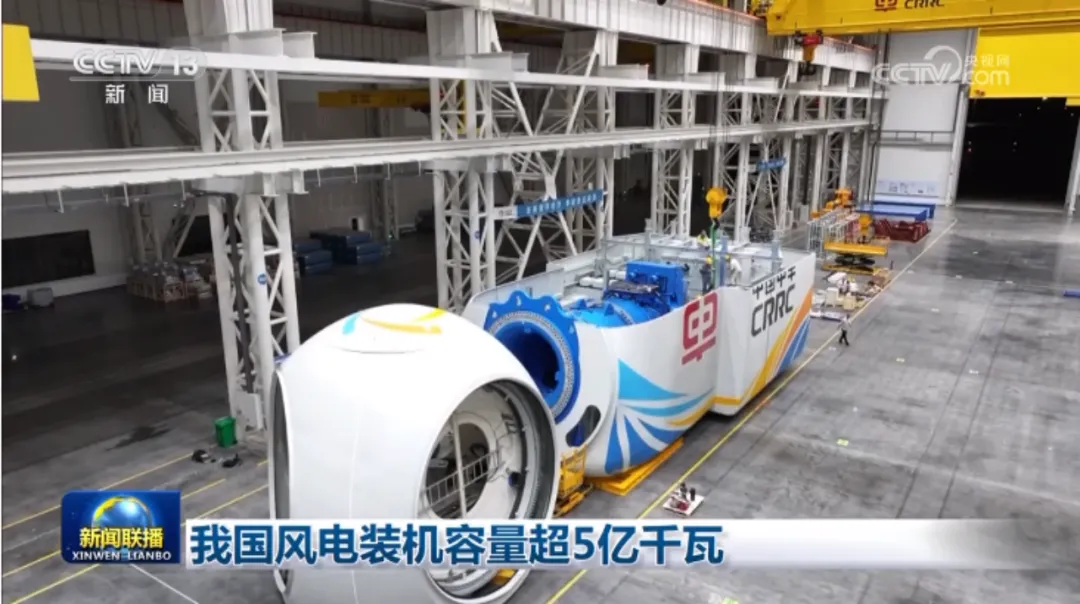
Recently, the world’s largest floating wind turbine, independently developed by China, was rolled off the production line in Jiangsu. The turbine features a rotor diameter of 260 meters, with a swept area equivalent to seven standard football fields. The turbine’s annual output of clean electricity can reach 62 million kilowatt-hours.
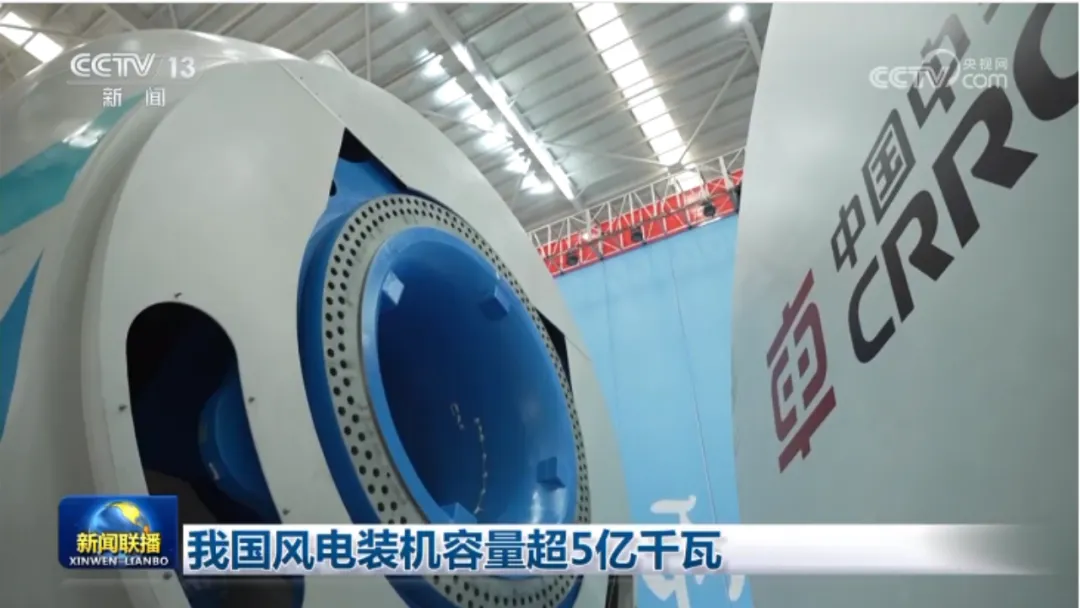
Meanwhile, in Tibet, the final turbine of the world’s highest-altitude wind power project has successfully undergone commissioning, achieving full-capacity operation. Across various seas, China’s offshore wind power installed capacity is expected to surpass 45 million kilowatts this year.
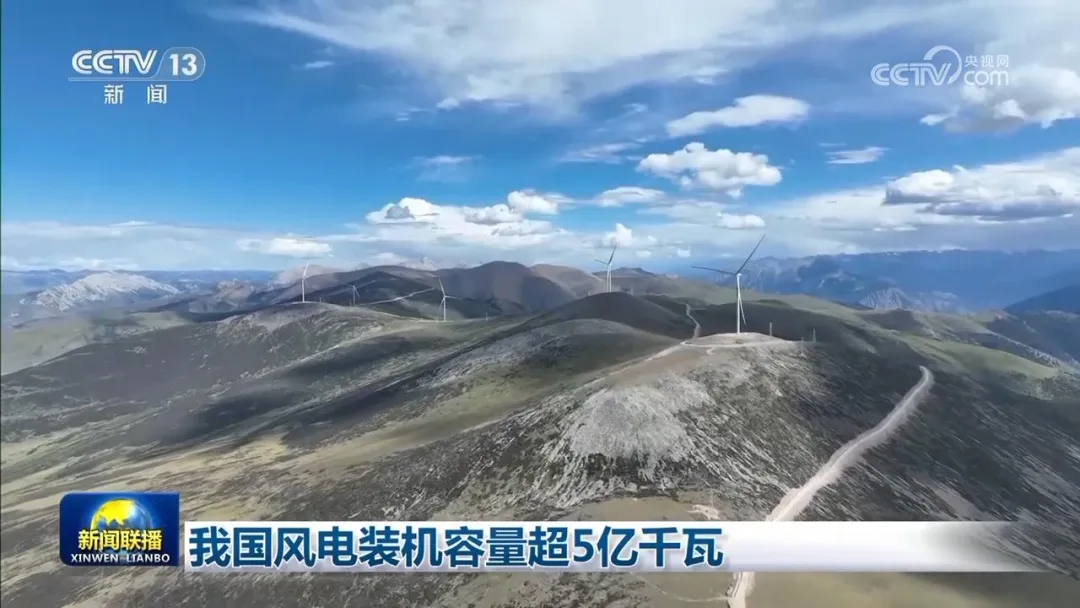
Latest data shows that China’s wind power installed capacity has surpassed 500 million kilowatts, accounting for 50% of the global total. In the first ten months of this year, China’s wind power generation exceeded 758 billion kilowatt-hours, contributing about one-tenth of the country’s total electricity production.
In terms of the industrial chain, China has become the world’s largest wind power equipment manufacturing base. The latest figures indicate that China’s wind turbines, blades, and generators account for 60%, 64%, and 73% of the global market, respectively. In 2023, four out of the top five global wind turbine suppliers by new installations were from China, with a total of 671 turbines exported. Technological innovation and the improvement of the industry chain have accelerated the global expansion of Chinese wind power companies, making significant contributions to the global energy transition.
The “Qihang” 20MW floating offshore wind turbine, as the largest offshore floating wind turbine in the world, breaks regional limits and expands the reach of wind power generation into deeper waters, demonstrating the latest advancements of CRRC’s “dual-track, dual-cluster” industrial development model. This wind turbine has achieved a power breakthrough, realizing high levels of intelligence. Its swept area exceeds seven standard football fields, and the tip speed of the blades is comparable to that of high-speed trains, with a success rate of up to 20 megawatts. It sets a new milestone in the wind power industry, with an annual output of clean electricity reaching 62 million kilowatt-hours, enough to power about 37,000 households. This is equivalent to saving 25,000 tons of coal and reducing carbon dioxide emissions by 62,000 tons.
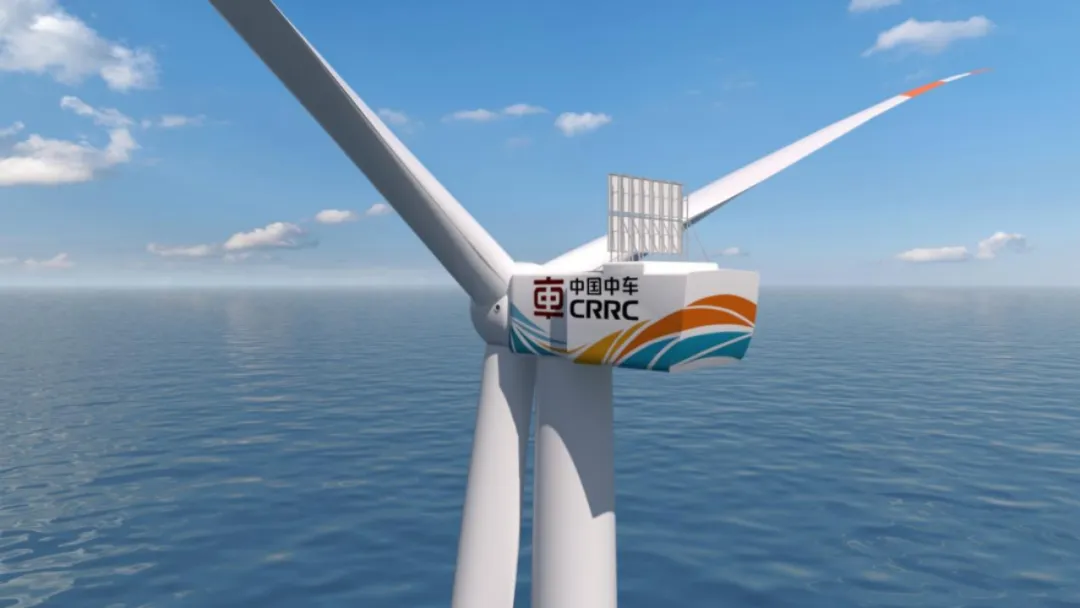
The turbine incorporates a variety of intelligent control, sensing, and detection technologies, ensuring more stable operation and real-time monitoring. It integrates advanced design concepts, offering modularity in the system, superior stability, and the advantages of full-chain collaboration. The modular approach enables selectable power ratings, optional series functions, customizable foundations and floating platforms.
With a floating stability design resistant to waves and winds, low failure rates, high tolerance, and strong earthquake resistance, the turbine’s components are custom developed through extensive testing to ensure safe, stable, and reliable operation. Built on CRRC’s mature high-speed rail technology and extensive rail experience and supported by the most comprehensive wind power equipment industrial chain, this turbine leads in product performance and core technologies. It can be seen as CRRC’s powerful creation of a “high-speed rail standing tall.”

The Datang Baxiu Wind Power Project is the highest-altitude wind power project in the world that has been completed and put into operation, with a peak elevation of 5,200 meters and the turbine nacelle reaching up to 5,305 meters. The project installed 20 WT5000D195H110 wind turbines, developed by CRRC Zhuzhou Institute. The hub height of the turbine is 110 meters, with a rotor diameter of 195 meters. The maximum swept area of the blades exceeds 30,000 square meters, which is equivalent to the area of more than four standard football fields. At full wind speed, each turbine can generate 9.5 kilowatt-hours per revolution.

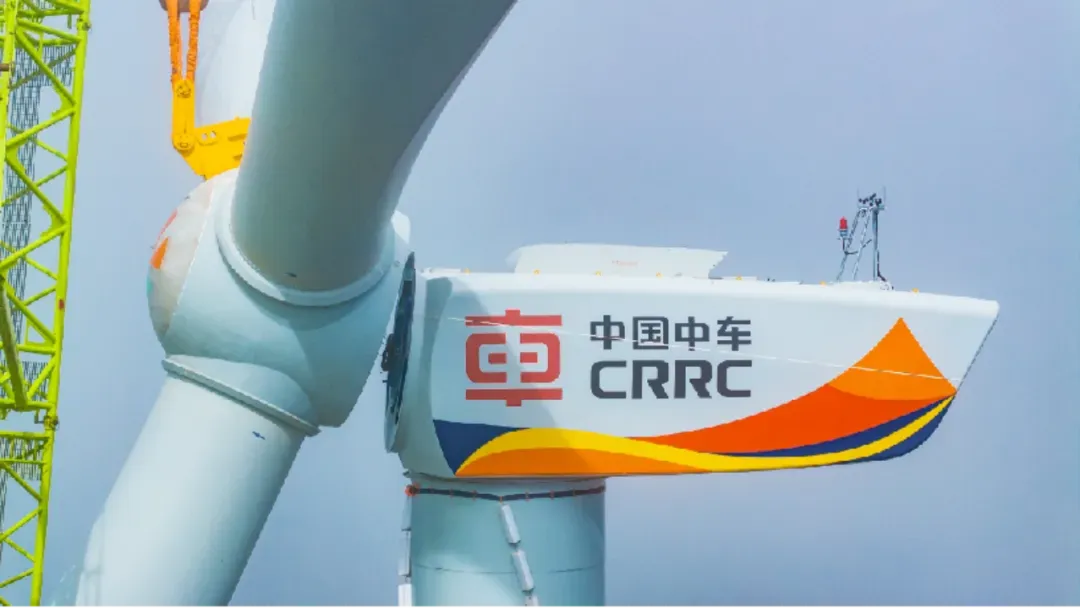
Once the Baxiu project is fully operational, it will generate more than 223 million kilowatt-hours of clean electricity annually, saving approximately 73,100 tons of standard coal and reducing carbon dioxide emissions by 182,800 tons. This will meet the annual electricity needs of 230,000 people. In addition to ensuring reliable electricity supply for winter heating and power security, the project will significantly improve the energy structure in the Tibet Autonomous Region.